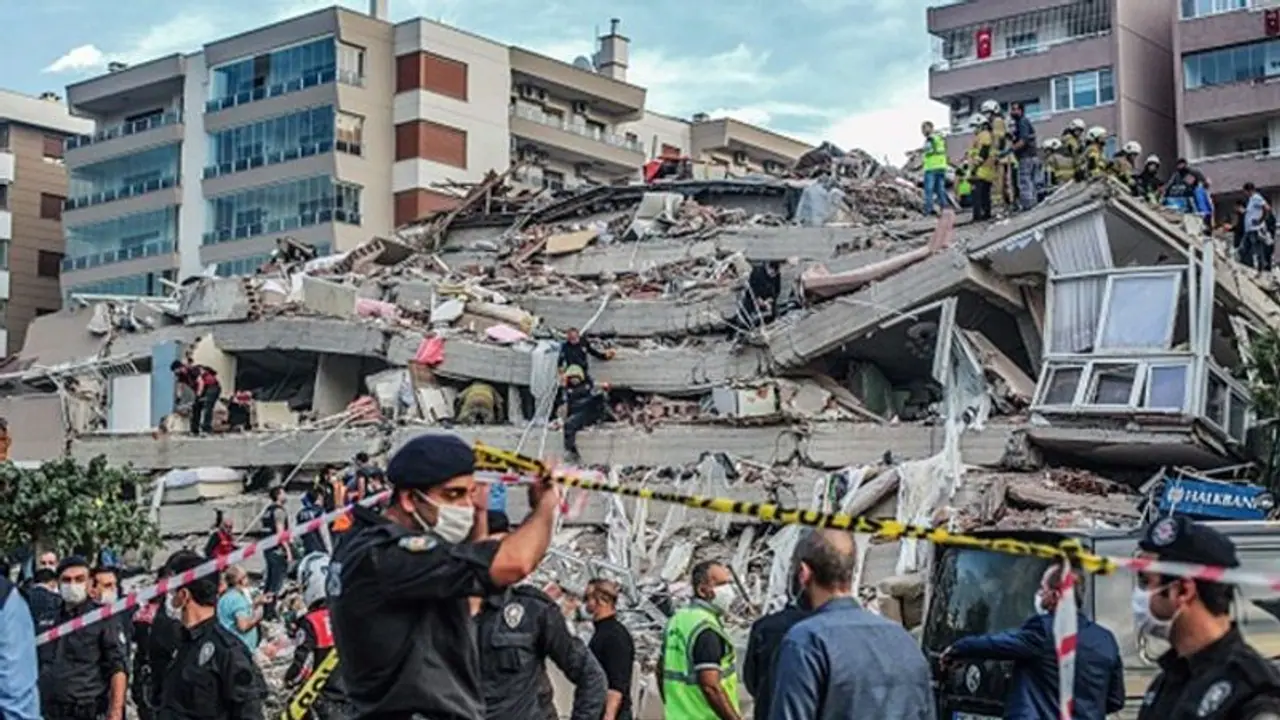Historical records of earthquakes in the region go back at least 2,000 years, to a quake in 17 CE that levelled a dozen towns. The East Anatolian Fault zone that hosted these earthquakes is at the boundary between the Arabian and Anatolian tectonic plates, which move past each other at approximately 6 to 10 mm per year.
A powerful earthquake struck Turkey and Syria before dawn Monday, killing more than 4,000 people (according to AP's latest toll numbers), destroying thousands of buildings and shattering lives in a region already rocked by war, a refugee crisis and econmic distress.

The first earthquake, that took place near Gaziantep close to the Syrian border, measured 7.8 in magnitude and was felt as far away as the United Kingdom. The second occurred nine hours later, on what appears to be an intersecting fault, registering a magnitude of 7.5.
But, the question remains as to why did this happen? Was it simply the enormous magnitude and violence of the quake, or is the problem with the buildings? Earthquakes are common in Turkey. This middle east country sits in a very seismically active region where three tectonic plates constantly grind against one another beneath earth's surface.
Historical records of earthquakes in the region go back at least 2,000 years, to a quake in 17 CE that levelled a dozen towns. The East Anatolian Fault zone that hosted these earthquakes is at the boundary between the Arabian and Anatolian tectonic plates, which move past each other at approximately 6 to 10 mm per year.
The elastic strain that accumulates in this plate boundary zone is released by intermittent earthquakes, which have occurred for millions of years.
Also read: Turkey-Syria earthquake toll crosses 4000; India rushes aid and rescue teams
These recent earthquakes are not a surprise. Despite this well-known seismic hazard, the region contains a lot of vulnerable infrastructure. Over the past 2,000 years we have learnt a lot about how to construct buildings that can withstand the shaking from even severe earthquakes.
In reality, there are many factors that influence building construction practices in this region and others worldwide. Poor construction is a known problem Many of the collapsed buildings appear to have been built from concrete without adequate seismic reinforcement.
A proportion of these buildings thus failed at shaking intensities lower than the "design code". There are well-known problems in Turkey and elsewhere with ensuring safe building construction and adherence to seismic building codes.
Similar building collapses have been seen in past earthquakes in Turkey. In 1999, a huge quake near Izmit saw some 17,000 people dead and as many as 20,000 buildings collapse.
After the 2022 earthquake, in which hundreds of people died, Turkey's then prime minister, Recep Tayyip Erdogan, blamed shoddy construction for the high death toll, saying, "Municipalities, constructors and supervisors should now see that their negligence amounts to murder."
(With inputs from PTI)
